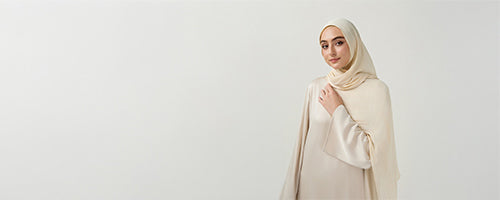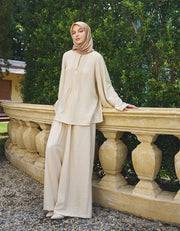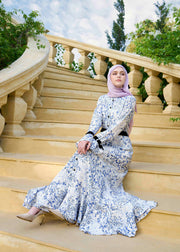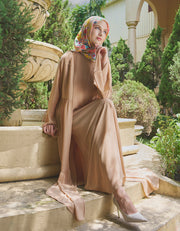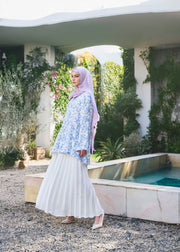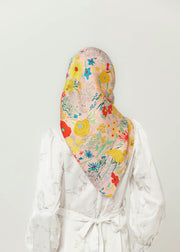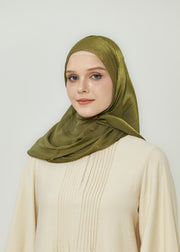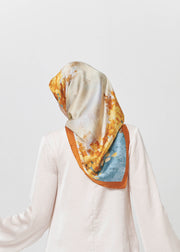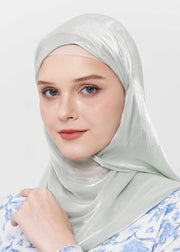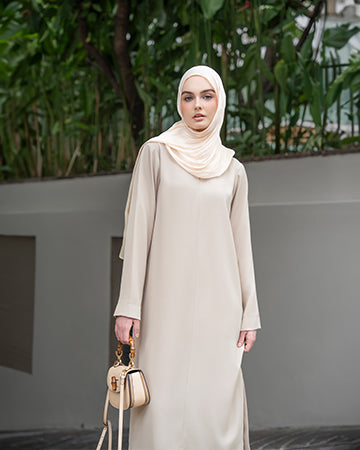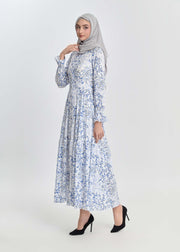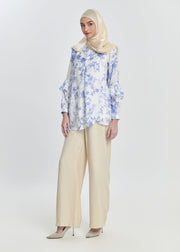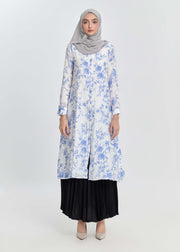Veils and Hijab Styles in Early Islamic History: A Look at Ancient Islamic Veils
The veil—whether worn as a hijab, khimar, or niqab—has been an iconic symbol of modesty in Islamic culture. In early Islamic history, veiling was not merely a fashion choice but a cultural and spiritual practice deeply rooted in tradition. While modesty in dress predates Islam, ancient Islamic veils evolved as a distinct expression of faith, identity, and regional aesthetics.
In this article, we explore the different types of ancient Islamic veils, their historical significance, and how early hijab styles continue to influence modern modest fashion.
Origins of Ancient Islamic Veils in Pre-Islamic Societies
Before the rise of Islam in the 7th century, veiling was already present in several ancient civilizations across the Middle East. Elite women in the Byzantine and Persian Empires commonly wore veils as a status symbol. These customs gradually merged into Islamic practice, but with renewed emphasis on spiritual modesty rather than social hierarchy.
When Islam emerged in the Arabian Peninsula, it encouraged modest attire for both men and women. The Quran advises believing women to "draw their veils over their bosoms" (Surah An-Nur, 24:31), laying the foundation for what would become distinct ancient Islamic veils and hijab styles.
Origins of Ancient Islamic Veils in Pre-Islamic Societies
Ancient Islamic Veils and Regional Variations
As the Islamic empire expanded from Arabia into North Africa, Persia, and South Asia, local customs influenced how women adopted veils. The early Islamic world was diverse, and so were its veiling practices.
1. Khimar
One of the earliest terms used in the Quran, the khimar referred to a head covering that draped over the chest. In early Islamic societies, it was worn with loose robes and sometimes paired with facial coverings in public.
2. Niqab
The niqab, or face veil, was common among upper-class women in the Umayyad and Abbasid periods. It symbolized not just modesty, but also privacy and social status. While not universally worn, it was widespread in cities like Baghdad and Damascus.
3. Hijab as a General Concept
In classical Arabic, hijab referred to a curtain or barrier, not a specific garment. Over time, it came to represent the overall concept of modest dress, which included various types of ancient Islamic veils adapted by women across the Islamic world.
Materials and Fabrics in Ancient Islamic Veils
The beauty of ancient Islamic veils extended beyond function—they were often crafted with luxurious materials like cotton, linen, and silk. In wealthier households, veils could be embellished with:
-
Embroidery: Delicate threadwork along edges
-
Geometric patterns: Non-figurative designs aligned with Islamic aesthetics
-
Natural dyes: Indigo, saffron, and henna were used for coloring fabrics
These elements reflected a blend of faith and fashion, showing that modesty didn’t mean simplicity.
Veiling as a Symbol of Spiritual and Social Identity
Veils were not merely garments—they served as spiritual reminders. For many women, wearing an ancient Islamic veil was an act of devotion, signifying inner faith and discipline. In courtly settings, veils also became political and social tools, representing purity, honor, and nobility.
Some Islamic scholars and poets from the Abbasid era even referenced veils in literature and art, associating them with metaphors of protection, mystery, and divine beauty. The veil became a bridge between modesty and artistic symbolism.
Veiling as a Symbol of Spiritual and Social Identity
Challenges and Misconceptions Surrounding Ancient Islamic Veils
Modern discourse often reduces veiling to a binary debate of oppression vs. freedom. However, historical evidence shows that ancient Islamic veils were nuanced in purpose and practice. While social norms sometimes enforced strict modesty, many women voluntarily embraced the veil as a personal and spiritual commitment.
Moreover, early Islamic legal and philosophical texts reflect varied interpretations of veiling—some scholars emphasized intention over form, focusing on humility and behavior more than clothing details.
Legacy of Ancient Islamic Veils in Modern Fashion
The inspiration of ancient Islamic veils lives on in today's modest fashion industry. Contemporary hijab styles, such as the Turkish silk scarf, Gulf-style shayla, and Indonesian hijab turban, draw on centuries-old traditions while adapting to modern sensibilities.
Designers now blend old and new by:
-
Reimagining ancient veil silhouettes with sustainable fabrics
-
Reviving embroidery techniques from Islamic history
-
Using veil layering inspired by early khimar and niqab designs
Today’s modest wear is not a break from tradition, but a beautiful continuation of it.
The Role of Veils in Preserving Cultural Heritage
Many museums and textile archives around the world showcase veils from early Islamic history. Institutions like the Museum of Islamic Art (Doha) and the Topkapi Palace Museum (Istanbul) hold veils dating back over a thousand years.
These exhibits help preserve the legacy of ancient Islamic veils, educating new generations on how modesty, faith, and identity intersected in historical garments.
Additionally, grassroots movements and artisan cooperatives in countries like Morocco and Iran are reviving lost veiling techniques, reinforcing the idea that Islamic veils are part of living heritage—not relics of the past.
The Role of Veils in Preserving Cultural Heritage
The Enduring Beauty of Ancient Islamic Veils
From the deserts of Arabia to the courts of Andalusia, ancient Islamic veils tell a rich story of devotion, diversity, and dignity. Far from being monolithic or restrictive, these veils reflected the individuality of Muslim women across time and geography.
As the global modest fashion movement continues to grow, the elegance and symbolism of early hijab styles offer inspiration for designers and wearers alike. Veiling remains an evolving expression—one rooted in history but open to reinterpretation.
Looking to honor tradition through style? Explore modern hijab collections inspired by ancient veiling customs at Minnaba — where timeless modesty meets contemporary elegance.

